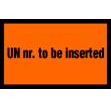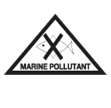To Ship & To Serve
INCOTERMS
CONTAINER SPECIFICATIONS
Inco Terms 2000
What are Incoterms and when are they used?
“Incoterms” is an abbreviation of International Commercial Terms, which were first published in 1936 by the International Chamber of Commerce (ICC). Since that time there have been six different revisions and updates to the Incoterms. The Incoterms provide a common set of rules for the most often used international terms of trade.
The goal of the Incoterms is to alleviate or reduce confusion over interpretations of shipping terms, by outlining exactly who is obligated to take control of and/or insure goods at a particular point in the shipping process. Further, the terms will outline the obligations for the clearance of the goods for export or import, and requirements on the packing of items. The Incoterms are used quite frequently in international contracts, and a specific version of the Incoterms should be referenced in the text of the contract.
Although the Incoterms are widely used and exceedingly handy, they are not meant for every type of contract. Specifically, the terms used in a contract state exactly when the shipper unloads and relinquishes obligation, and when the buyer takes over for carriage and insurance. The Incoterms are not meant to replace statements in a contract of sale that outline transfers of ownership or title to goods. Therefore, the Incoterms may not be of use when looking to resolve disputes that may arise regarding payment or ownership of goods.
What are some examples of Incoterms?
The 13 Incoterms fall into four different groups. These four groups are:
- Departure (E)
- Main Carriage Unpaid (F)
- Main Carraige Paid (C), and
- Arrival (D)
Each group’s letter makes up the first letter of Incoterm. For example, if your agreement with a buyer calls for the release of goods by the seller to occur at the seller’s location, the Ex Works (EXW) Incoterm would be used. This term states among other things that the buyer is to take over carriage and insurance responsibilities at the sellers dock. Alternatively, if the seller were to deliver goods to the buyers dock, including all carriage and insurance, a term from the Arrival group such as DDP would be appropriate. The DDP term stands for Delivered Duty Paid and includes in its definition that the seller will deliver goods to the buyers dock with all carriage, insurance, and duties paid. DDP represents the most obligations for the seller, whereas EXW represents the least.
Caution must be exercised when using Incoterms because the Incoterms relate to particular modes of transportation. For example, some of the Incoterms deal solely with transport by sea. Terms such as FOB and CIF can be used only for ocean bound freight. FOB, meaning Free on Board, translates to the shipper (seller) having upheld his/her part of the agreement when the goods pass the ship’s rails at the port of exit. The receiving party (buyer) assumes risk and costs associated with the goods once they pass the ship’s rail in the seller’s home port. Due to the specific mention of the ship’s rails, an aircraft or other mode of transport could not be used with FOB. For a shipment scheduled for delivery by air, rail, or some other form of transport with the same agreement as FOB one would need to use the Incoterm FCA, or Free Carrier. FCA can include other modes of transportation such as road, rail, interland waterway, and air. Whereas transfer under FOB takes place when the cargo passes the ship’s rails, transfer with FCA occurs when delivery of goods has been made at a destination previously outlined by the buying party.
EXW – Ex Works (named place)
The seller fulfills his obligation to deliver when he has made the goods available at his premises (i.e. works, factory, warehouse) to the buyer.
FDC – Free Carrier (named place)
The seller satisfies his obligation to deliver when he has handed over the goods, cleared for export, into the charge of the carrier named by the buyer at the named place or point. If the buyer instructs the seller to deliver the cargo to a person e.g. a freight forwarder who is not a “carrier”, the seller is deemed to have completed his obligation to deliver the goods when they are in that person’s custody.
FAS – Free Alongside Ship (named port of shipment)
The seller satisfies his obligation to deliver the goods when the goods are placed alongside the vessel on the quay or lighters (barges) at the named port of shipment.
FOB- Freight on Board (named port of shipment)
Means the seller completes his obligation to deliver when the goods pass over the ship’s rail at the named port of shipment.
CFR – Cost & Freight (named port of destination)
The seller must pay the cost and freight necessary to bring the goods to the named port of destination.
CIF – Cost, Insurance & Freight (named port of destination)
The seller has the same obligations as under CFR, but must also procure marine insurance against the buyer’s risk of loss of, or damage to the goods during carriage.
CPT – Carriage Paid To (named port of destination)
The seller pays the freight for carriage of the goods to the named destination. The risk of loss of, or damage to the goods, as well as any additional costs due to the events occurring after the time the goods have been delivered into the custody of the carrier. In this context, “carrier” means any person who, in a contract of carriage, undertakes to perform or to procure the performance of carriage by rail, road, sea, air, inland waterway, or by a combination of such modes. If subsequent carriers are used for the carriage to the agreed destination, the risk passes when the goods have been delivered to the first carrier. The CPT team requires the seller to clear the goods for export. The term applies to any mode of transport, including multi-modal transport.
CIP – Carriage & Insurance Paid To (named port of destination)
The seller has the same obligations as under CPT, but must also procure cargo insurance against the buyer’s risk of loss of, or damage to the goods during the carriage. The seller contracts for insurance and pays the insurance premium, although he is required to obtain only minimum coverage. The seller must clear the goods for export.
DAF – Delivered at Frontier (named place)
The seller fulfills his obligation to deliver when the goods are available, cleared for export, at the named point and place at the frontier, but before the customs border of the adjoining country. The term “frontier” covers any frontier including that of the country of export. Therefore, it is vital that the frontier in question be defined precisely by naming the point and place in the term. The term applies primarily to the goods carried by rail, or road, but may be used for any mode of transport.
DES – Delivered EX Ship (named port of destination)
The seller satisfies his obligation to deliver when the goods are available to the buyer on board the ship uncleared for import at the named port of destination.
DEQ – Delivered EX Quay (named port of destination)
The seller fulfills his obligation to deliver when the goods are available to the buyer on the quay (wharf) at the named port of destination cleared for importation.
DDU – Delivered Duty Unpaid (named place of destination)
The seller fulfills his obligation to deliver when the goods are available at the named place in the country of importation.
DDP – Delivered Duty Paid (named place of destination)
The seller fulfills his obligation to deliver when the goods are available at the named place in the country of importation. (named place of destination) The seller fulfills his obligation to deliver when the goods are available at the named place in the country of importation. (named place of destination) The seller fulfills his obligation to deliver when the goods are available at the named place in the country of importation.
Platform
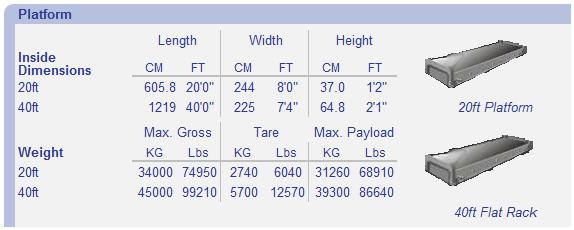
Flat Rack
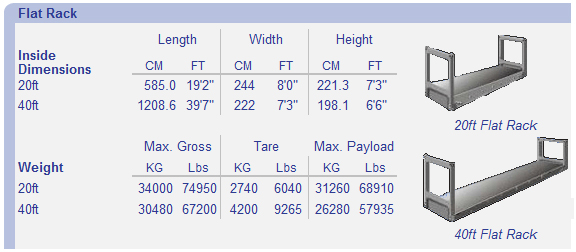
High cube general purpose
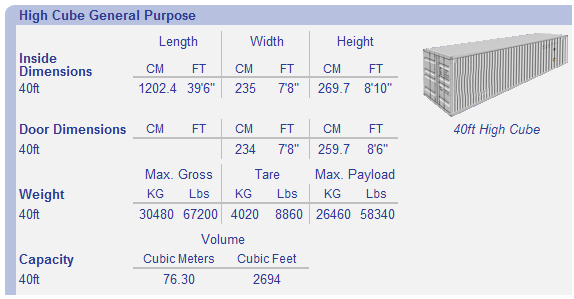
General purpose or dry
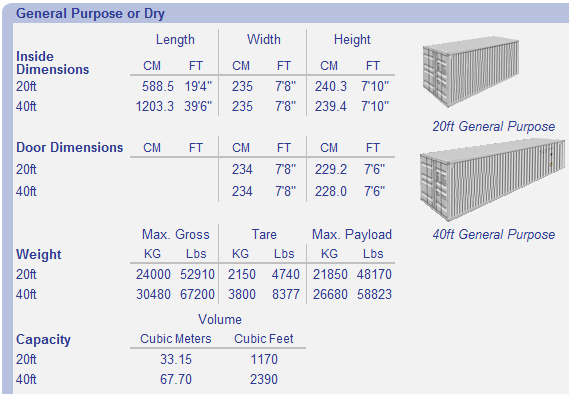
Open top
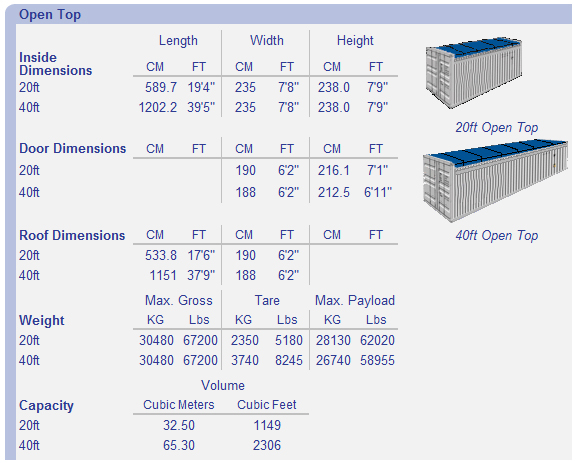
Merci pericolose
Il trasporto di merci pericolose è soggetto a norme e regolamenti molto dettagliati a seconda del tipo di materiale trasportato e ai mezzi di trasporto utilizzati. Ogni soggetto coinvolto nel trasferimento di merci pericolose ha i suoi precisi doveri, a partire dallo speditore (indicato anche come mittente) che deve provvedere alla classificazione delle merci, all’utilizzo di imballaggi appropriati in relazione alle caratteristiche di pericolosità delle merci, a fornire al trasportatore tutti i documenti necessari per poter effettuare il trasporto a regola d’arte e in sicurezza.
Utilizziamo fornitori certificati e il nostro personale viene costantemente aggiornato sulle regole e le modalità di gestione delle spedizioni pericolose.
| IMO CLASS | DESCRIZIONE | SIMBOLI |
| 1 | ESPLOSIVI | 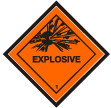 |
| 1.1 | Esplosivi con pericolo di esplosione di massa | |
| 1.2 | Esplosivi con pericolo di proiezione, non di esplosione di massa | |
| 1.3 | Esplosivi con pericolo di incendio o minore pericolo di proiezione o entrambi | |
| 1.4 | Esplosivi presentanti nessun significativo pericolo | |
| 1.5 | Sostanze poco sensibili agli urti ma con pericolo di esplosione di massa | |
| 1.6 | Articoli poco sensibili agli urti senza pericolo di esplosione di massa | |
| 2 | GAS | |
| 2.1 | Gas infiammabili | 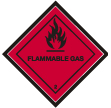 |
| 2.2 | Gas non infiammabili, non tossici | 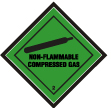 |
| 2.3 | Gas tossici | 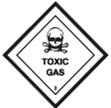 |
| 3 | LIQUIDI INFIAMMABILI | 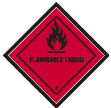 |
| 4 | SOLIDI INFIAMMABILI, SOSTANZE CAPACI DI COMBUSIONE SPONTANEA, SOSTANZE CHE A CONTATTO CON L’ACQUA EVOLVONO IN GAS INFIAMMABILI | |
| 4.1 | Solidi infiammabili | 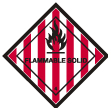 |
| 4.2 | Sostanze capaci di combustione spontanea | 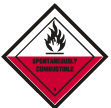 |
| 4.3 | Sostanze che a contatto con l’acqua evolvono gas infiammabili | |
| 5 | SOSTANZE OSSIDANTI E PEROSSIDI ORGANICI | |
| 5.1 | Sostanze ossidanti | 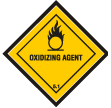 |
| 5.2 | Perossidi Organici |  |
| 6 | SOSTANZE TOSSICHE E INFETTIVE | |
| 6.1 | Sostanze tossiche | 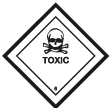 |
| 6.2 | Sostanze infettive | 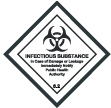 |
| 7 | MATERIALE RADIOATTIVO | 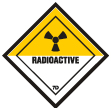 |
| 8 | SOSTANZE CORROSIVE | 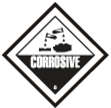 |
| 9 | SOSTANZE MISCELLANEE | 
|



